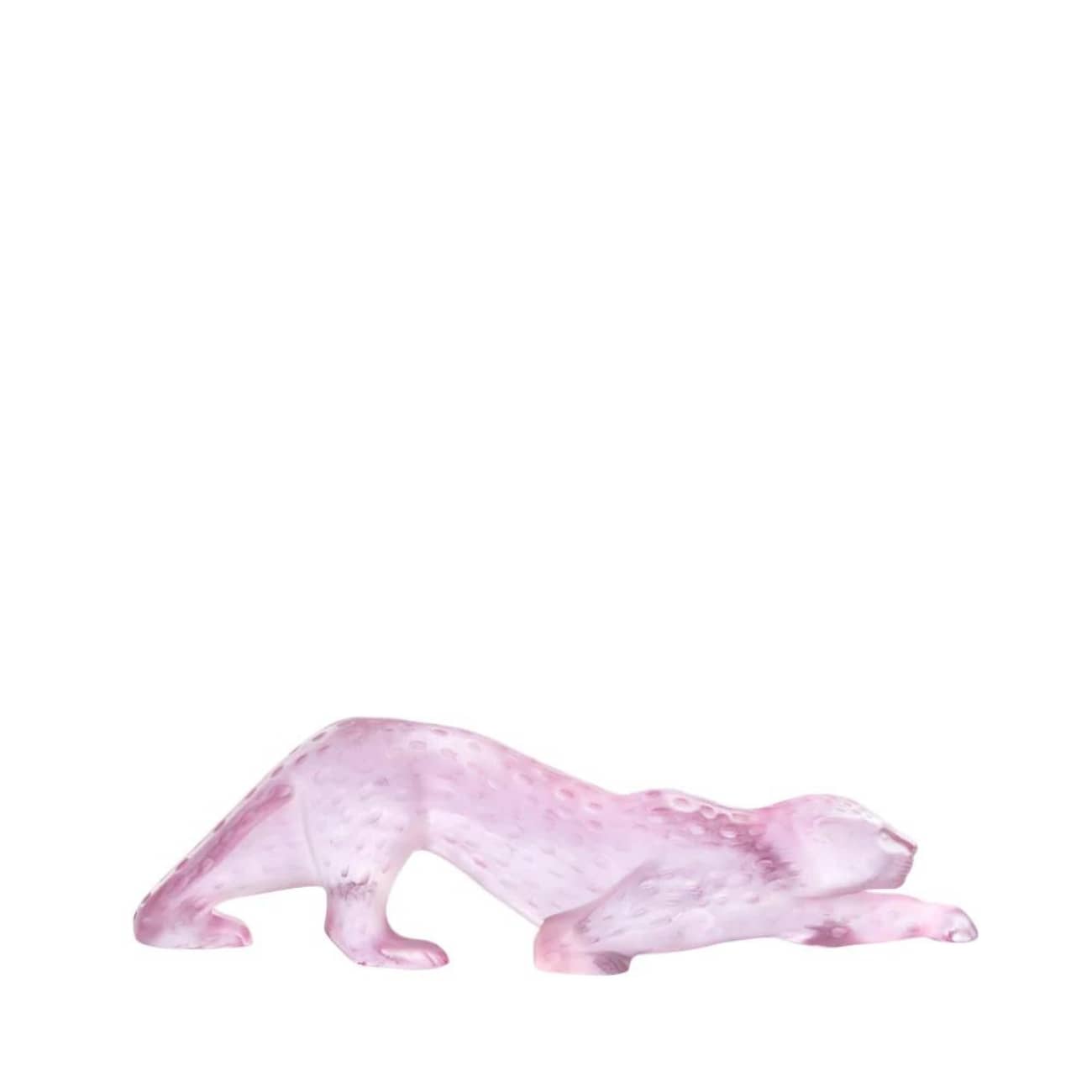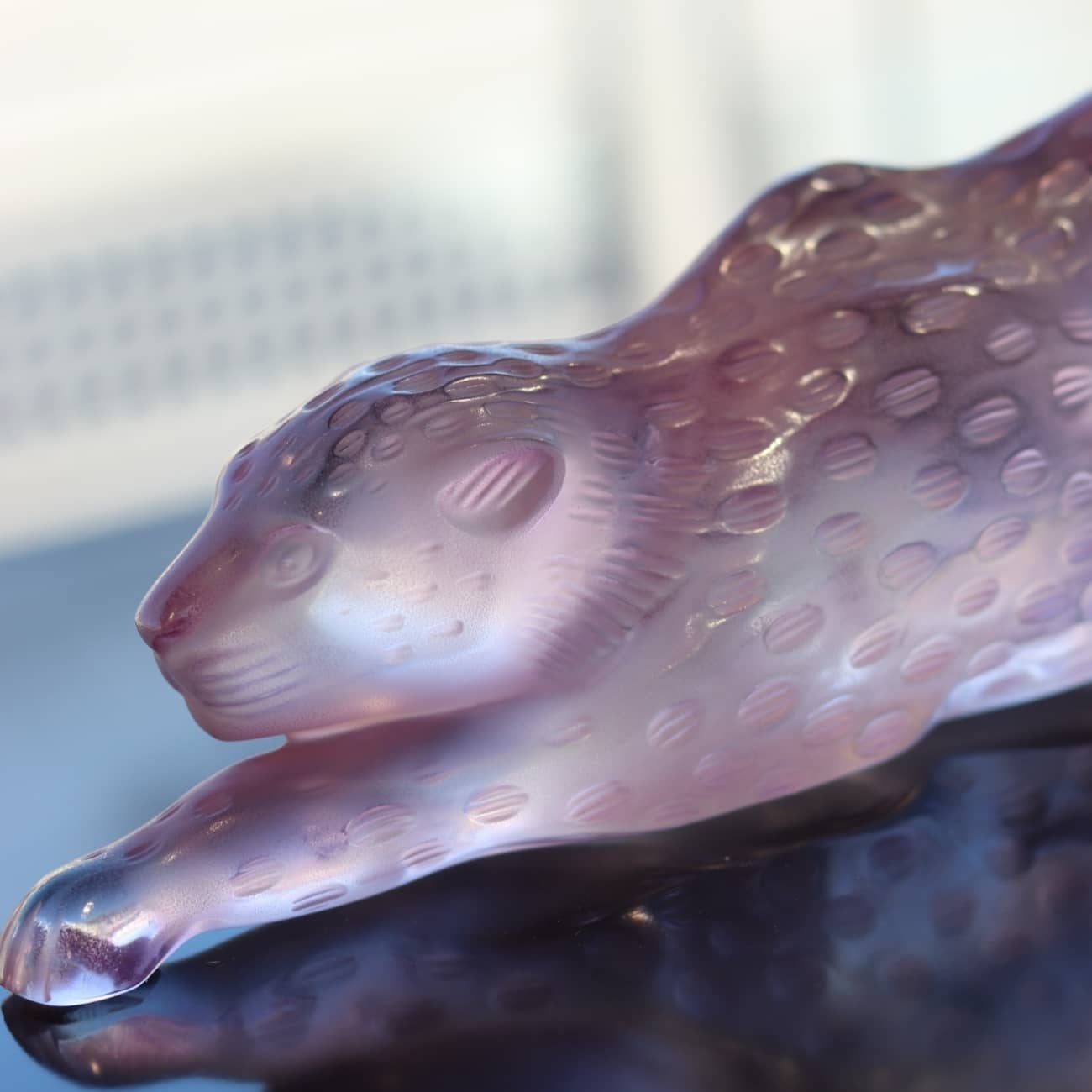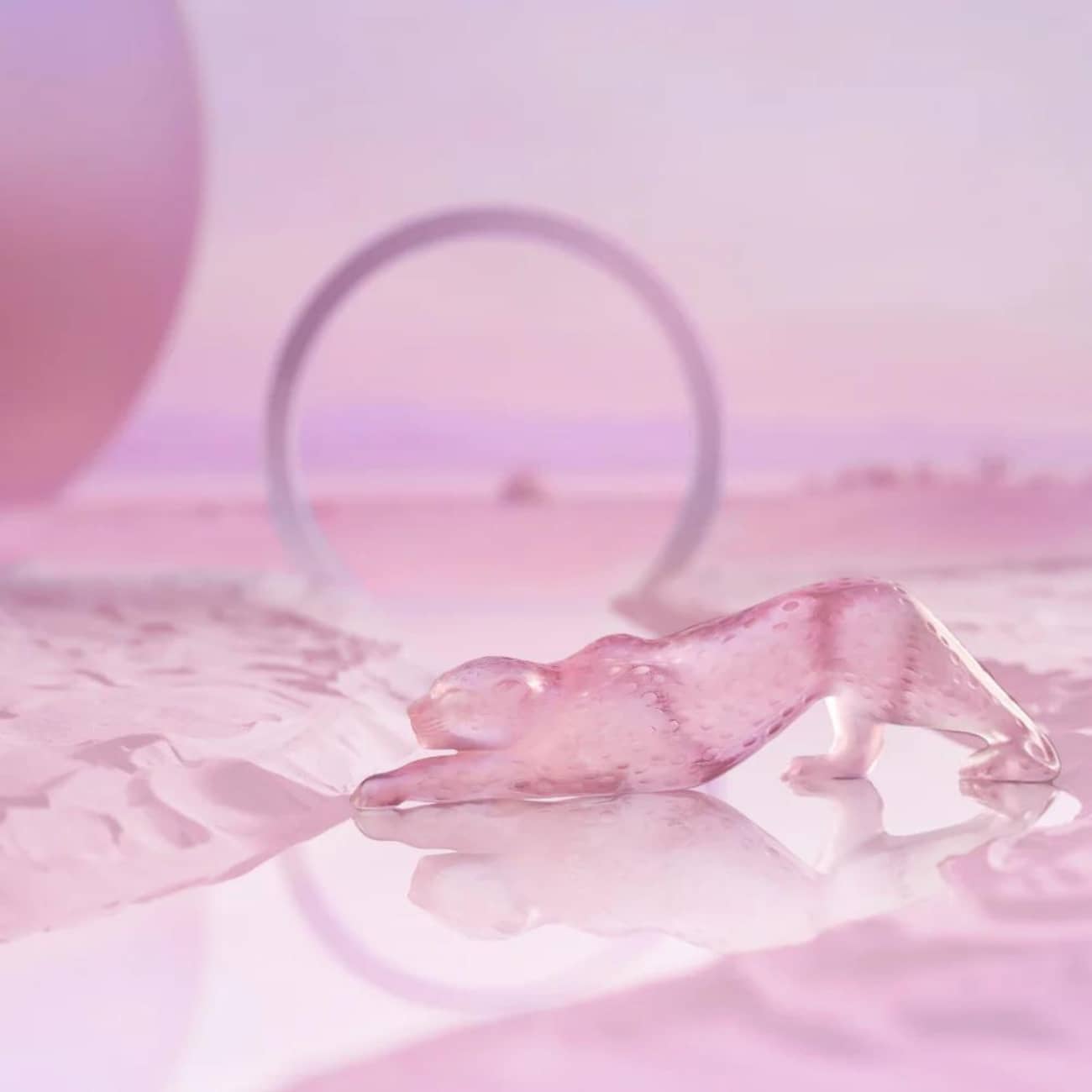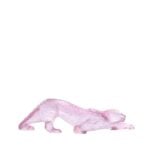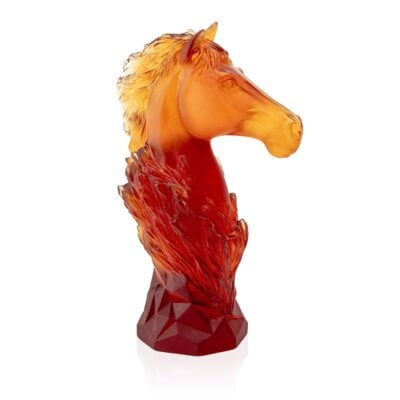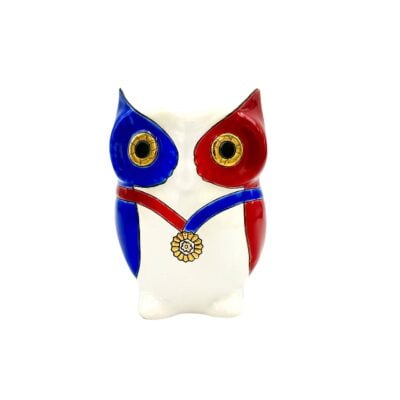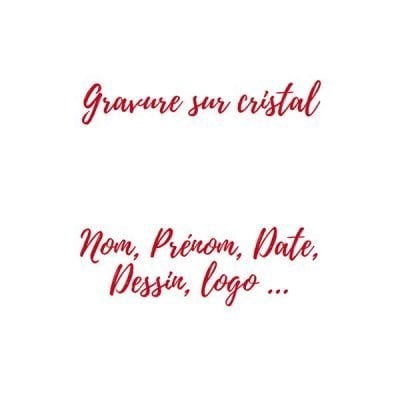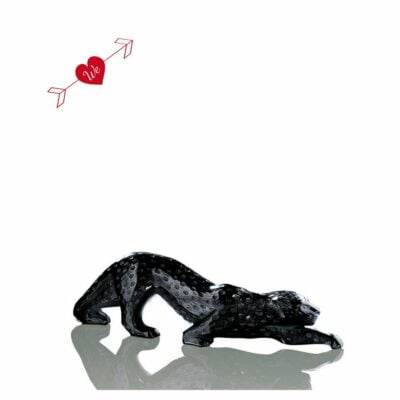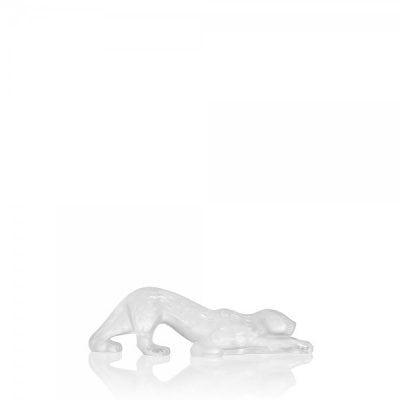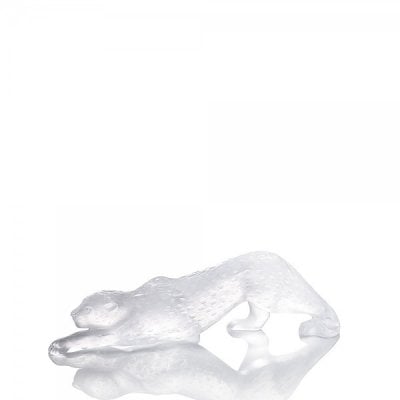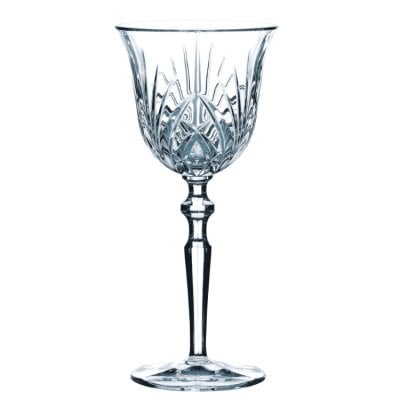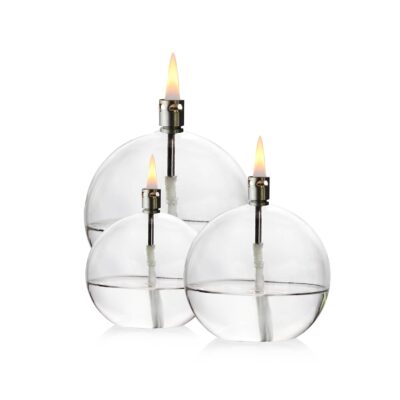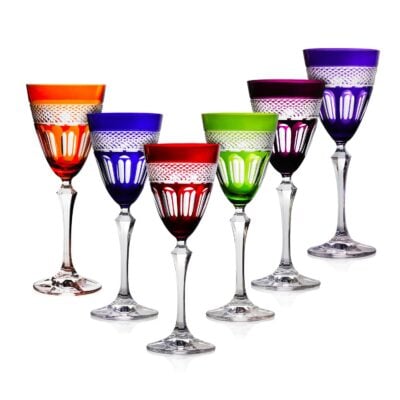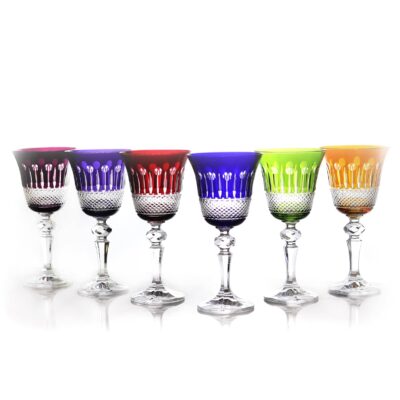WE PROVIDE INSURANCE FOR YOUR ORDER
With more than 138 years of experience, our export team takes the greatest care to package each order. A damaged product? We will send a new one. A lost parcel? We will send a new one. The shipping cost include an insurance break and lost.
CUSTOMER REVIEW
ENJOY TAXFREE
For a delivery outside the European Union, you can pay your order without VAT. Please, use the coupon code FREETAX into your cart.
RECEIVE A GIFT FOR EACH ORDER
We take care of our customers. For each order, you can select a gift in you cart. More you buy, bigger the gift is. Follow this link to discover the gift list.
WIN FIDELITY POINTS
We reward your fidelity. Each order allows you to win fidelity points, that you can use for your next order. Enjoy extra discount. Don't forget to creat an account or to login into it. Learn more ?
ADDITIONNAL INFORMATIONS
Discover Pink Zeila panther sculpture Lalique.
Designed by Marie-Claude Lalique, the Zeila Panther embodies the strength and grace of a large attacking feline. Through its design, the Panther’s powerful muscles are evident under its crystal fur and numerous spots.
Age of Elegance with LALIQUE : The bustling and euphoric period of the 1920’s was characterized by an intense and carefree appetite for life filled with elegance, luxury and merriment. This desire for change touched all artists seeking a new style and a break from the past. This led them toward the refined geometric lines of the Art Deco style.
René LALIQUE became the uncontested master of this period which received its affirmation at the Decorative Arts Exhibition in Paris in 1925. René Lalique, designer of one-of-a-kind Art Nouveau Jewellery, cultivated the image of Beauty, the Kiss and its invitation to Love. Jewels cut in the purity of crystal, a medium for tenderness.
The founder of modern jewellery, René LALIQUE, was considered the leader of the Art Nouveau movement. Although he drew a great deal of his inspiration from the plant world, he also dared to display the female body in all its beauty and sensuality.
The animal world was one of René LALIQUE’s major sources of inspiration. He depicted a wide variety of animal species, all with a degree of naturalism that demonstrated the designer’s genius. Every year new animals are added to the LALIQUE collection.
In crystal, the lost wax technique is directly inspired from a thousand year-old procedure used to melt bronze sculptures. Lalique’s originality stems from using it first in jewelry, replacing stones by small glass motifs. He later used this technique to create larger pieces.The lost wax fabrication process for large pieces is fairly complex: after having modelled a piece in wax it is covered with plaster, it is then sent to the oven so as to bake the clay while the wax melts. Finally, molten crystal is poured in the emptied shape.

